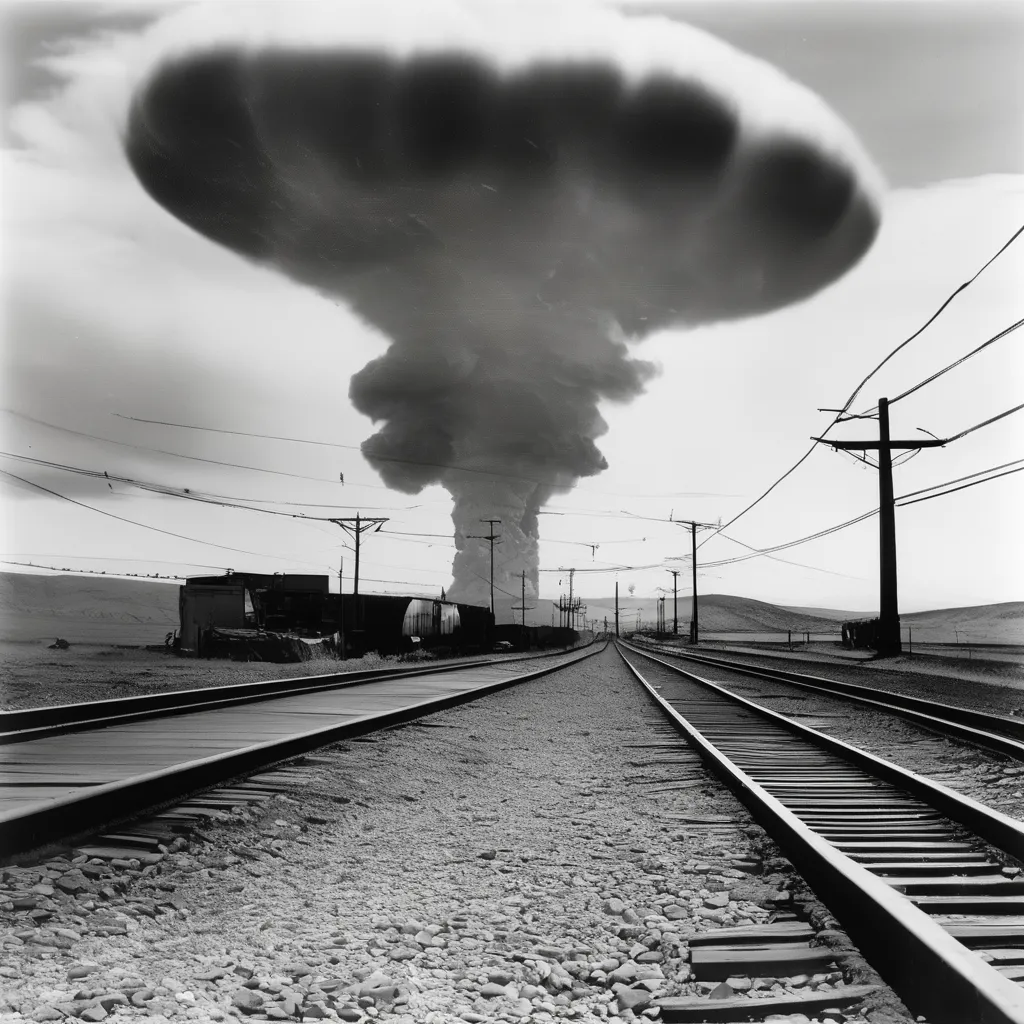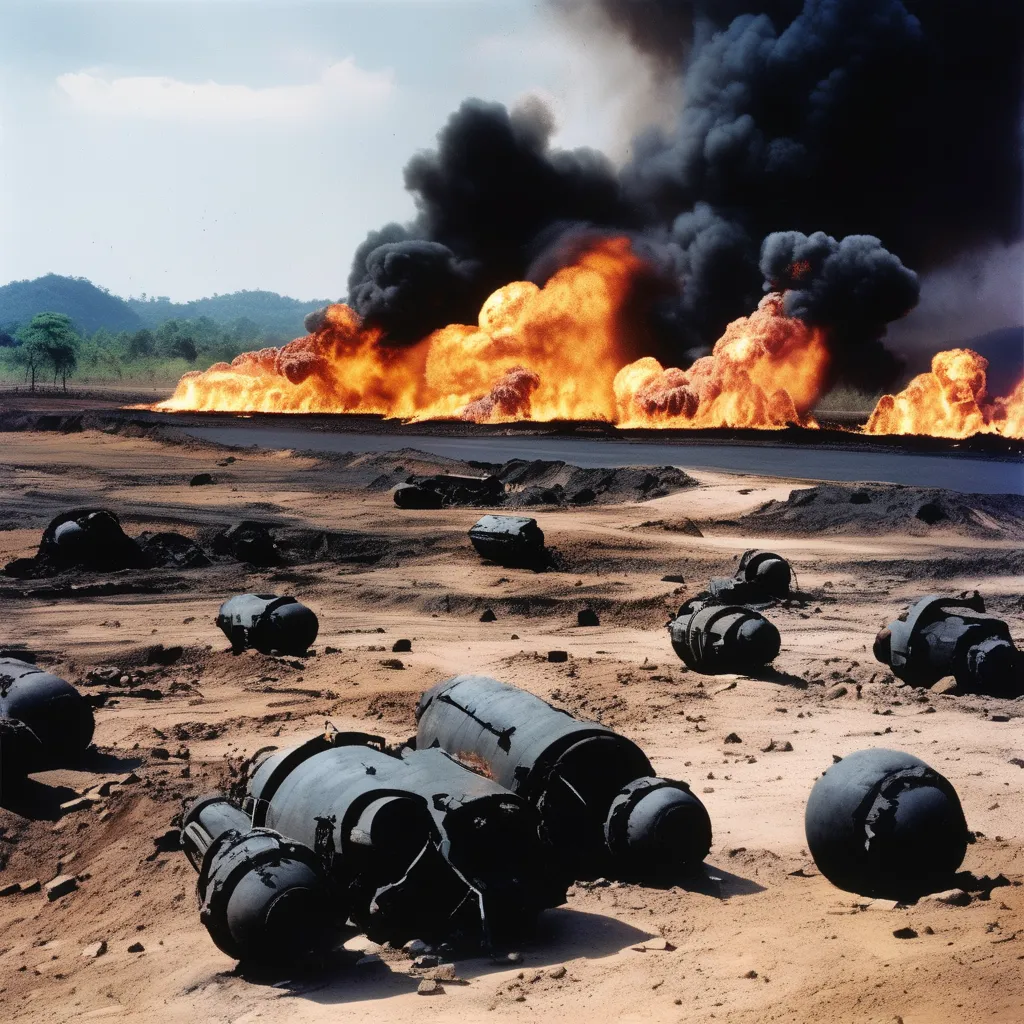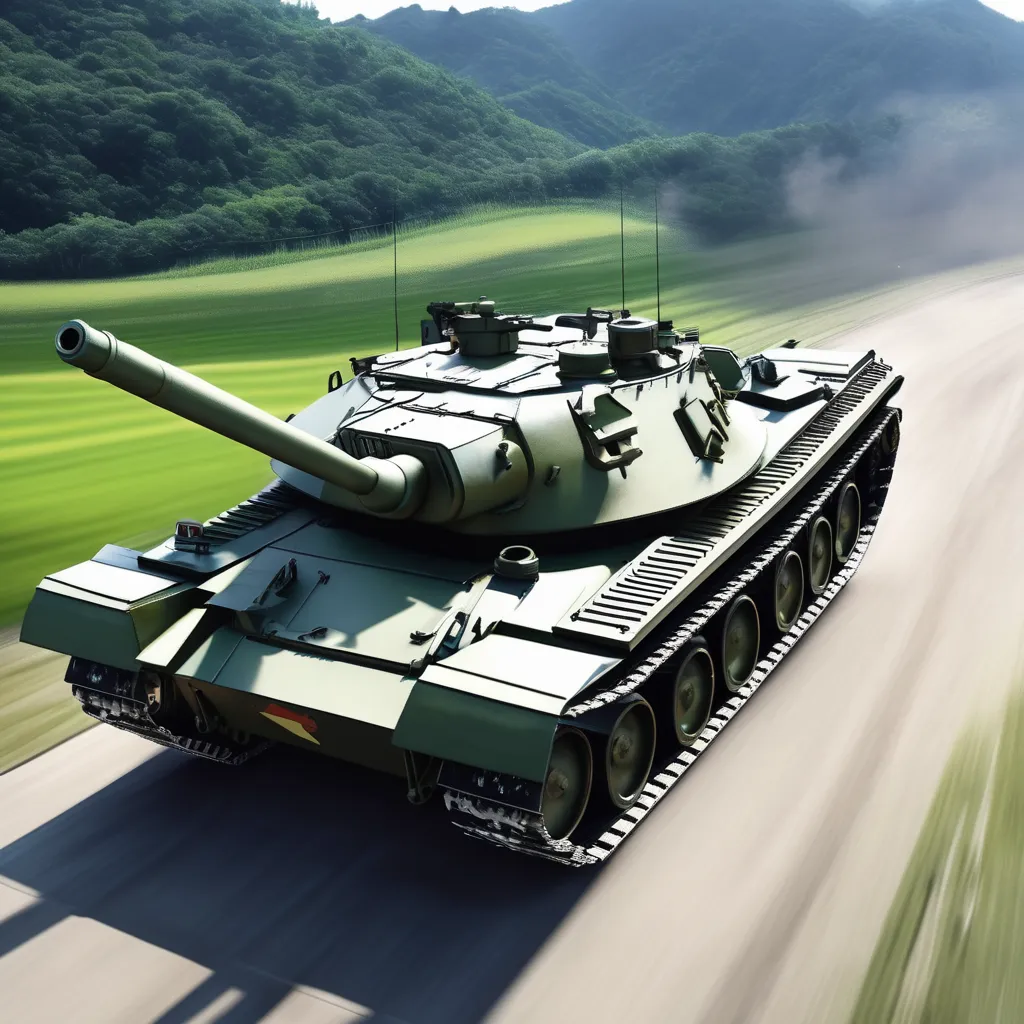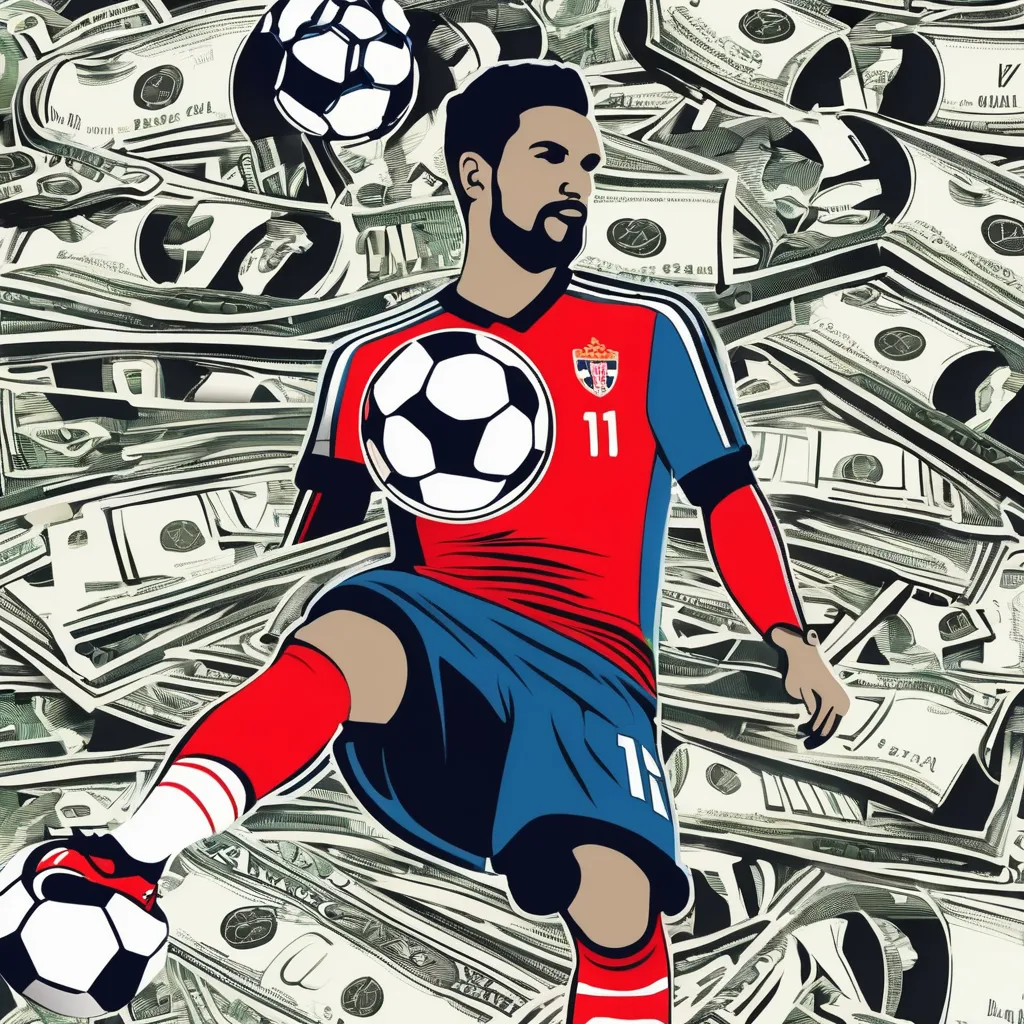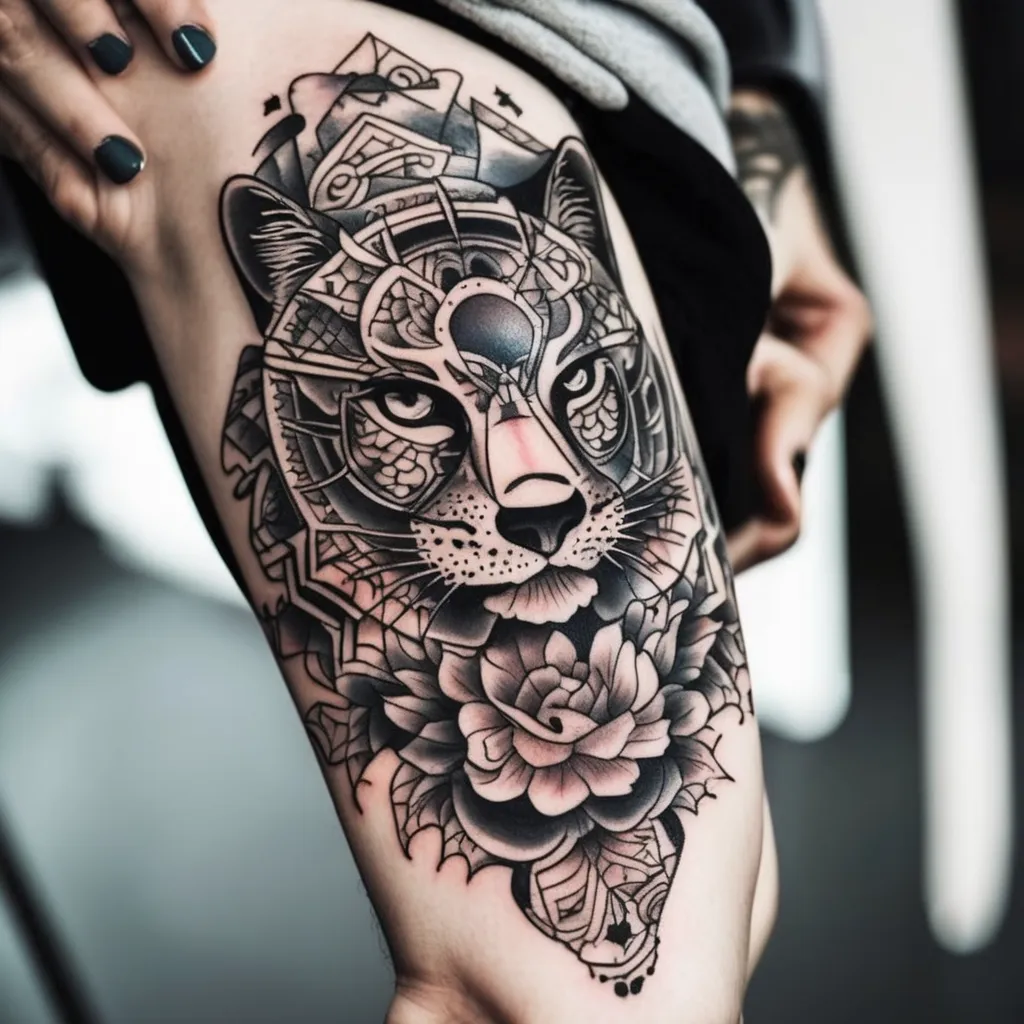Joseph Stalin, one of the most influential and controversial figures of the 20th century, also had personal details that piqued curiosity. Stalin stood at a height of approximately 5 feet 6 inches, which was slightly below the average for men of his era. His weight fluctuated, especially in the later years, often hovering around the 170-pound mark.
Financially, Stalin’s personal wealth is a complex topic due to the nature of the Soviet system. Officially, he lived modestly, but he had access to vast state resources, making a precise net worth difficult to determine. His leadership afforded him numerous privileges and luxuries, despite his public persona of a humble revolutionary.
In terms of personal details, Stalin’s early life was marked by hardship and a transformative rise through the ranks of the Bolshevik party. Often keeping a tight lid on his personal affairs, he was known to be a private individual. His relationships, both political and personal, were peppered with intrigue and secrecy, much like his governance style.
Joseph Stalin was about 5 feet 6 inches tall and weighed around 170 pounds. Details about his net worth are complex due to Soviet policies, but he had access to significant state resources. His leadership spanned major events like World War II and the establishment of Eastern European communist regimes.
Quick Info about Joseph Stalin
Joseph Stalin was a significant leader of the Soviet Union. He played a crucial role in world history, especially during and after World War II. Here are some quick facts about his personal details.
| Quick Info | Details |
|---|---|
| Height | 5 feet 6 inches |
| Weight | 170 pounds |
| Age | Died at 74 years old |
| Wife | Nadezhda Alliluyeva (second wife) |
| Net Worth | Not publicly available |
Full Biography of Joseph Stalin
Joseph Stalin was a key figure in the Soviet Union, leading the country through some of its most critical periods. His life was filled with political, social, and personal milestones. Here are the detailed aspects of his life and career.
| Information | Details |
|---|---|
| Name | Joseph Stalin |
| Nickname | Koba |
| Profession | Politician |
| Date of Birth | December 18, 1878 |
| Age | Died at 74 years old |
| Net Worth | Not publicly available |
| Height | 5 feet 6 inches |
| Weight | 170 pounds |
| Body Measurement | Not applicable |
| Eye Color | Brown |
| Hair Color | Black |
| Birthplace/Hometown | Gori, Georgia |
| Nationality | Georgian |
| Gender | Male |
| Ethnicity | Georgian |
| Religion | Atheist |
| Sexuality | Straight |
| Sun Sign (Zodiac) | Sagittarius |
| House Location | Moscow, Russia |
| Wiki Page | Wikipedia |
| None | |
| None |
Physical Statistics of Stalin
Joseph Stalin was known not just for his political power but also for his physical appearance. Here are some details about his height, weight, and more.
| Information | Details |
|---|---|
| Height (Tall) | 5 feet 6 inches |
| Weight | 170 pounds |
| Profession | Politician |
| Eye Color | Brown |
| Shoe Size (UK) | Not publicly known |
| Hair Color | Black |
Stalin’s Family
Joseph Stalin’s family background played a significant role in shaping his life and career. Here are some details about his parents and siblings.
| Information | Details |
|---|---|
| Father | Besarion Jughashvili |
| Mother | Ketevan Geladze |
| Siblings | Two older brothers, both of whom died young |
Joseph Stalin’s Height, Weight, Net Worth, Personal Details, Income, Family, Professional Achievements
Joseph Stalin’s life was marked by numerous achievements and a complex personal background. Here is an in-depth look at his physical attributes, financial status, personal life, family, and professional milestones.
Height and Weight
Joseph Stalin’s height was about 5 feet 6 inches, which was shorter than the average height for men in his era. Despite his shorter stature, he had a commanding presence. His weight often fluctuated, but in his later years, he weighed around 170 pounds.
Stalin’s physical appearance added to his appeal as a leader. He had distinctive facial features that were often portrayed in Soviet propaganda. His look was complemented by his choice of attire, which typically included military uniforms.
Physical fitness was not a priority for Stalin, especially as he aged. His health reportedly declined in later years, leading to a heavier build. This change in his physical condition also reflected the immense stress of his position.
Net Worth and Income
Determining Stalin’s net worth is challenging due to the nature of the Soviet economic system. Officially, he lived a modest life, but he had access to vast state resources. This access included luxurious estates, cars, and other comforts provided by the state.
Stalin did not earn a traditional income, as his role as the General Secretary was part of the government machinery. However, his position allowed him to control and utilize national resources. This control often led to accusations of personal enrichment, although little concrete evidence exists.
The economic system under Stalin was intended to eliminate personal wealth disparities, yet his lifestyle often contradicted this ideal. While promoting socialist values, he enjoyed privileges that were far from the everyday experience of Soviet citizens. These inconsistencies have been a point of criticism for historians and political analysts.
Personal Details
Joseph Stalin was born on December 18, 1878, in Gori, Georgia. His birth name was Ioseb Besarionis dze Jughashvili, but he later adopted the name Stalin, meaning “man of steel.” He married twice, and his second wife, Nadezhda Alliluyeva, tragically committed suicide.
Stalin had multiple children, some of whom faced harsh lives due to their father’s position. His relationships with his family members were often strained. Despite his public image, his private life was filled with personal losses and tragedies.
Stalin’s personality was marked by secrecy and distrust. He maintained a close inner circle but frequently purged those he found disloyal. His personal traits greatly influenced his leadership style and decision-making process.
Family
Joseph Stalin’s father, Besarion Jughashvili, was a cobbler, and his mother, Ketevan Geladze, was a washerwoman. Although they were not wealthy, Stalin’s mother played a significant role in his education. He was the only surviving child, as his two older brothers died young.
Stalin’s own family life was complex and filled with turmoil. His first wife, Kato Svanidze, died of typhus, leaving him with their son Yakov. His second marriage to Nadezhda Alliluyeva was troubled and ultimately ended with her suicide, which deeply affected him.
Stalin had several children, including Yakov, Vasily, and Svetlana. His relationships with them were often strained, especially with Yakov, who was captured during World War II and later died in a German prison. Svetlana later defected to the United States, distancing herself from her father’s legacy.
Professional Achievements
Stalin is best known for transforming the Soviet Union into a major world power. He led the country through industrialization and collectivization, though these policies often came at a significant human cost. His leadership during World War II helped defeat Nazi Germany, solidifying his legacy.
One of his most notable achievements was the Five-Year Plans, which aimed to boost the Soviet economy. These plans focused on rapid industrialization and the collectivization of agriculture. While successful in some aspects, they also led to widespread famine and suffering.
Stalin’s tenure was also marked by the Great Purge, during which he eliminated many perceived enemies. This period of intense political repression involved mass arrests, executions, and labor camps. Despite the controversy, Stalin remains a pivotal figure in Soviet and world history.
Some Lesser Known Facts About Joseph Stalin
Joseph Stalin is widely known for his role as the leader of the Soviet Union. However, there are many fascinating and lesser-known details about his life. Here are some interesting facts that shed light on the man behind the historic figure.
- Stalin was an avid reader and had a personal library of over 20,000 books.
- He was passionate about movies and had a private cinema where he watched films almost every night.
- Stalin studied at a seminary to become a priest before turning to revolutionary activities.
- He survived several assassination attempts throughout his life.
- Stalin’s birth name was Ioseb Besarionis dze Jughashvili, and he adopted the name “Stalin,” which means “man of steel.”
- He had a fondness for Western cowboy films and often requested them from the United States.
- Stalin’s portrait was one of the most reproduced images in the Soviet Union, appearing on posters, billboards, and in schools.
- Despite preaching atheism, Stalin sometimes consulted fortune-tellers and astrologers.
- His daughter, Svetlana Alliluyeva, defected to the United States in 1967 and wrote several memoirs about her father.
- Stalin’s personal physician was later imprisoned and accused of being part of a conspiracy against him.
Stalin’s Impact on World History
Joseph Stalin’s influence on world history is both profound and far-reaching. Under his leadership, the Soviet Union rapidly industrialized, transforming from a primarily agrarian society into a global power. This industrialization played a crucial role during World War II, enabling the Soviet Union to produce vast amounts of military equipment and supplies.
Stalin’s leadership during World War II was pivotal to the Allied victory. His strategic decisions, along with the immense sacrifices of the Soviet people, helped to defeat Nazi Germany. The Battle of Stalingrad, in particular, marked a turning point in the war.
Post-war, Stalin’s policies led to the establishment of communist regimes in Eastern Europe. This created a geopolitical divide that lasted for decades, commonly referred to as the Cold War. The clash between Western democracies and Eastern communist states defined much of the 20th century.
Stalin was also responsible for significant internal changes within the Soviet Union. His Five-Year Plans aimed at rapid industrial development and increased agricultural production. However, these plans often led to severe hardships, including famines and forced labor.
In terms of politics, Stalin’s use of purges to eliminate perceived enemies had a lasting impact. These purges decimated the Soviet military and political elite but also instilled a culture of fear and obedience. His authoritarian methods influenced other dictatorial regimes worldwide.
Stalin’s legacy remains controversial and complex. While he turned the Soviet Union into a superpower, the cost in human lives and suffering was enormous. His actions continue to be studied and debated by historians and political analysts.
Controversies and Criticisms of Joseph Stalin
Joseph Stalin’s leadership was marked by numerous controversies and criticisms. One of the most notable was the Great Purge, where millions of people were arrested, exiled, or executed. This period of intense political repression targeted even high-ranking officials within the Communist Party.
Stalin’s policies also led to severe famines, particularly the Holodomor in Ukraine. Millions of people died because of forced collectivization and grain requisition policies. These actions are widely regarded as acts of genocide by many historians and scholars.
Another major criticism of Stalin is his establishment of labor camps, known as Gulags. These camps housed political prisoners under brutal conditions. Forced labor under inhumane situations led to countless deaths and immense suffering.
Stalin’s role in international politics has also been contentious. While he was a crucial ally in defeating Nazi Germany, his post-war actions in Eastern Europe sparked the Cold War. The imposition of communist regimes in countries like Poland and East Germany created long-lasting tensions with the Western world.
Economically, Stalin’s Five-Year Plans have been both praised and condemned. While they achieved rapid industrial growth, they came at a tremendous human cost. The forced labor and harsh working conditions were often deadly for many Soviet citizens.
Lastly, Stalin’s personality cult has been criticized for fostering a climate of fear and obedience. His image was glorified while dissent was brutally suppressed. This created an oppressive social environment that stifled freedom of expression and innovation.
Frequently Asked Questions
Joseph Stalin’s life and career continue to fascinate historians and the public alike. Here are some frequently asked questions that delve into various aspects of his biography, personal details, and achievements.
What were Stalin’s early life and education like?
Joseph Stalin was born in Gori, Georgia, and his early life was marked by poverty and hardship. His father was a cobbler, and his mother was a washerwoman. Stalin attended a church school and later enrolled in a seminary to become a priest, but he was expelled for his revolutionary activities.
His upbringing in a turbulent environment influenced his later political life. Stalin’s educational experiences exposed him to socialist ideas, which guided his later involvement in revolutionary movements. Despite not completing his formal education, he became a key figure in the Bolshevik party.
How did Stalin rise to power in the Soviet Union?
Stalin’s rise to power began after the Russian Revolution of 1917. He initially held various administrative roles within the Communist Party. After Lenin’s death in 1924, Stalin outmaneuvered his rivals, including Leon Trotsky, to become the party’s leader.
Once in power, Stalin centralized authority and eliminated political opponents through purges. His policies and political strategies solidified his control over the Soviet Union, leading to his long and often brutal tenure as its leader.
What is known about Stalin’s personal relationships and family?
Stalin was married twice, first to Kato Svanidze and later to Nadezhda Alliluyeva. His second marriage was strained, ultimately ending with Nadezhda’s suicide. He had multiple children, including Yakov, Vasily, and Svetlana, but his relationships with them were complicated.
Stalin’s family relationships often mirrored his public life: fraught and filled with conflict. His children faced significant challenges, and some, like Svetlana, eventually distanced themselves from his legacy. These personal struggles added another layer to the controversial figure he was.
What were some of Stalin’s major policy initiatives?
Stalin is known for several significant policy initiatives, including the Five-Year Plans aimed at rapid industrialization and agricultural collectivization. While these plans boosted the Soviet economy, they also led to widespread famine and suffering.
Another critical policy was the Great Purge, targeting political opponents and perceived threats within the Communist Party. The purges had devastating effects, eliminating many experienced leaders. Stalin’s policies left a lasting impact, shaping Soviet life and politics for decades.
Why is Stalin’s legacy so controversial?
Stalin’s legacy is controversial due to the stark contrast between his achievements and the human cost of his policies. He transformed the Soviet Union into a superpower, but his rule was marked by repression, famine, and mass executions.
While some credit Stalin with defeating Nazi Germany and modernizing the Soviet Union, others condemn him for his brutal methods. The debate over Stalin’s legacy remains active, reflecting his complex and polarizing influence on history. His impact and methods continue to provoke strong opinions and discussions.
Conclusion
Joseph Stalin remains one of the most complex and polarizing figures in modern history. His rise from humble beginnings to leading a global superpower is both remarkable and infamous. The impacts of his policies, both positive and negative, continue to be studied and debated.
While he left an indelible mark on world history, his methods often came at a tremendous human cost. Understanding Stalin’s life requires a nuanced look at his achievements and the tragedies associated with his rule. His legacy serves as a powerful reminder of the dual nature of power and ambition.

